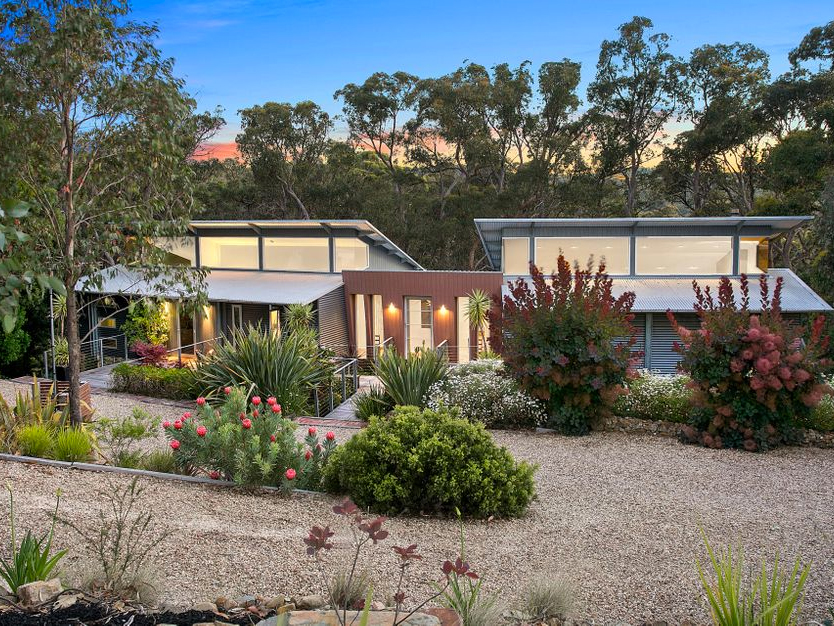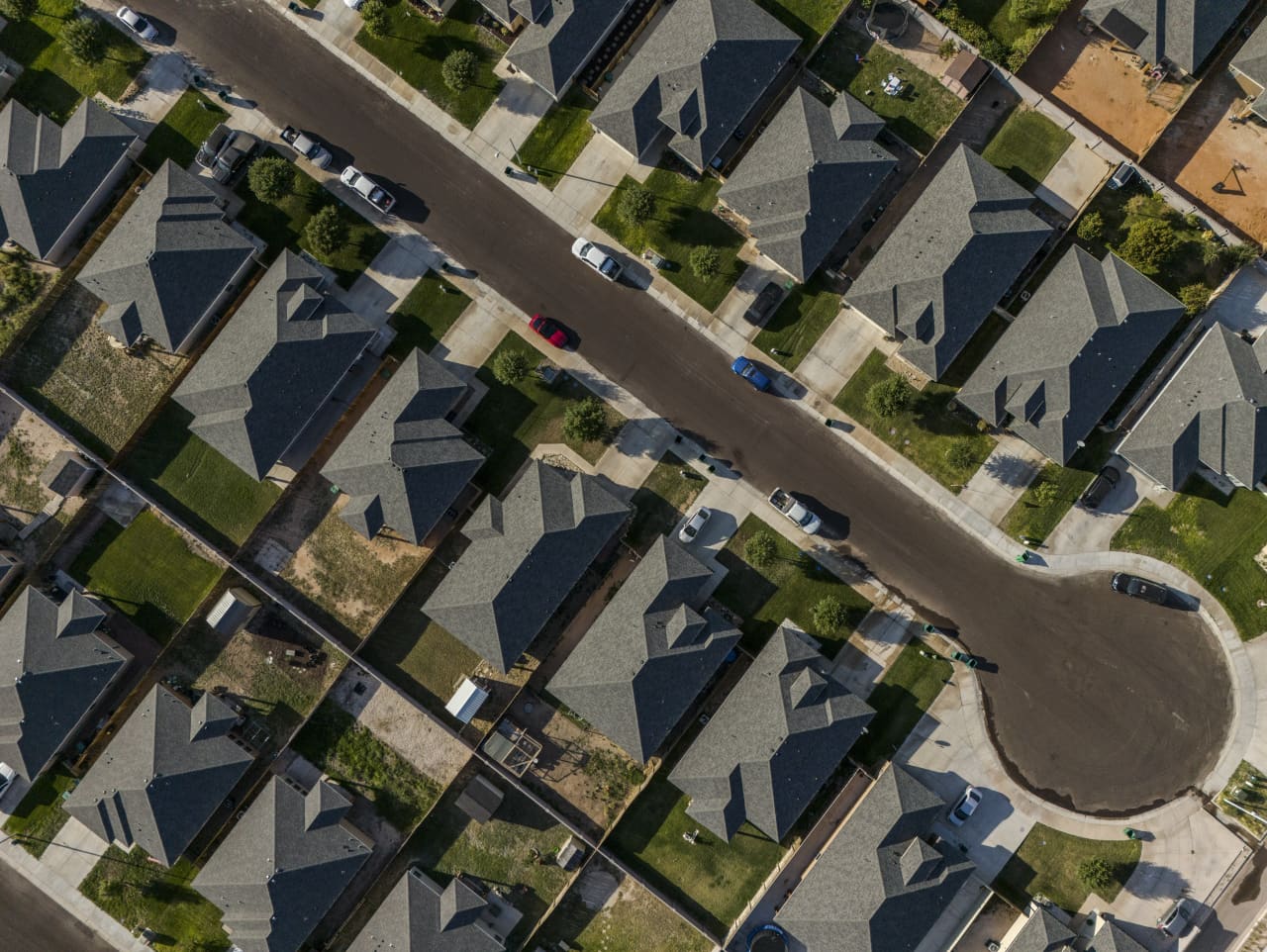Spring — A Stalled Seller’s Market
Does the roadmap out of COVID mean spring selling will finally get underway?
Spring may have sprung — but Australian property’s most important residential selling season has yet to bloom.
Despite well-documented records tumbling across the country the past 12 months, all eyes were set on spring and what September would deliver, especially given the moving lockdowns that framed the key metro markets of Sydney and Melbourne.
Predictions are often fraught with miscalculations, however with the end of lockdown now in sight for Sydneysiders and the wider country pushing towards an eventual ‘reopening’, what’s in-store for the remainder of the so-called selling season?
Adrian Kelly, president of the Real Estate Institute of Australia thinks that history is bound to repeat itself.
“Last year when the lockdown restrictions were lifted, all markets bounced back with a vengeance due to all the pent-up demand from being unable to list,” said Mr Kelly. “The same will happen this year as demand is still incredibly strong, coupled with low supply.”
Demand, he adds, continues to drive interest on the back of diminished stock levels.
“Despite the low interest rate environment, we aren’t seeing the usual new properties coming to market. In fact, spring listings are down by a staggering 20% across the county.”
Dr Andrew Wilson, chief economist My Housing Market, also believes in a market reset.
“They’re [lockdown measures] a bit like pressing the pause button on the market. What we do is understand where markets were prior to lockdown, where they were heading, and then once we get over the speed bump, understand that they’ll take off from where they were when the interruptions occurred,” said Dr Wilson.

Not all markets are created equal and while Melbourne faces a taller task in returning to a level of ‘normality’ — with agents only recently able to again show properties in person — signs are positive.
after a slow start to spring the Melbourne market, with listing numbers reaching a recent low in the first week of September, the trend has surged 48.5% in the last rolling four-week count, according to CoreLogic, with restrictions on property inspections lifted.
A look at last weekend’s auctions results further heralds an ascendent return.
Despite a dramatic halving of listings — 269 auctions compared to the previous weekend’s 434 — Melbourne’s clearance rate remained strong at 79.3%.
According to My Housing Market, Sydney claimed a clearance rate of 85.2% — its eighth consecutive weekend over 80% — across 641 listings with a median sale price of $1,744,000 for houses sold at auction.
Dr Wilson believes a true Sydney surge, like that in the early part of this year, will be seen as the markets open up.
“As a consequence of a lot of buyer demand having been satisfied and affordability falling, we won’t see the same surge that we’ve had previously this year, but we’ll still see prices growth nonetheless,” said Dr Wilson
“We’re heading, if we finally get there, to sort of more of a normalised environment for house prices, which I believe will grow over the long-term at 3% to 4% a year in major markets [Sydney and Melbourne] even though we’re going to see a 25% increase at Sydney median this year.”
Despite the positive spring predictions and recent upticks, both key metro markets remain prohibitive for first home buyers. It’s a situation Dr Wilson only sees worsening, his data from My Housing Market claiming the number of first home buyers down the last six months in a row, from March to August, for the first time since the 2009 GFC recovery.
“First home buyers are virtually collapsing at the moment and they don’t have a number of those stimulus packages which were also helping them last year. They’re not as significant, those support packages for first home buyers, either at the national level or at the state level,” added Dr Wilson.
As for the shadow cast by talk of a recession? Mr Kelly points to such previously being overcome.
“There is a big difference with the recession we saw during the GFC to the recession we may see this year. And that is that the GFC at the time didn’t seem to have any end date, hence the uncertainty. This time around, we can see an end date approaching of sorts and that obviously revolves around vaccination rates and lifting of restrictions,” said Mr Kelly.

While Dr Wilson agrees in regards to the strength of the property market he concedes there’s little government intervention to offset the effect of an economic downturn.
“We’re certainly closer to a real type of recession over that because we’ve got two big economies in Sydney and Melbourne involved this time… We don’t have the same level of stimulus from the government to offset it [recession]. Economic downturns don’t really affect the housing market. Now, the reason behind that is because they’re usually offset by stimulus in monetary policy.”
For Mr Kelly, the advice upon entering what is the property market’s most important season is to research heavily, have finance approved and not fear looking further afield.
For Dr Wilson, a more cautious approach is recommended.
“It’s still a seller’s market. And the data continues to show us that … sure, there aren’t as many buyers around. But at the same token, there aren’t as many sellers around to force competition.
reia.com.au / myhousingmarket.com.au
This stylish family home combines a classic palette and finishes with a flexible floorplan
Just 55 minutes from Sydney, make this your creative getaway located in the majestic Hawkesbury region.
You don’t need to be a golfer to enjoy the benefits of living adjacent to a golf course in Australia
From the Spring 2024 issue of Kanebridge Quarterly. Order your copy here.
W hile water views are usually considered most desirable for property buyers, golf course vistas are snapping at their proverbial heels. This past quarter century has witnessed a golden age in Australian golf course living, with dozens — if not hundreds— of residential courses built around our major cities and tourist towns. These days, there’s a buoyant market for established large golf homes alongside off-the-plan apartments being retro built to take advantage of existing golf course views. So what’s the appeal?
Green dreams
Barbara Wolveridge is a director at Sotheby’s International Realty. She has worked with many of Australia’s most prestigious golf course developments including The National in Cape Schanck Vic, Moonah Links on the Mornington Peninsula, Macquarie Links International Golf Club in Sydney’s West and the Mirage Country Club in Port Douglas where she currently lives. (She was also married to the late renowned golf course designer and former US Tour player Michael Wolveridge.)
“People like to live on golf courses,” she says. “You can walk out of your house onto a beautiful course. But what you’re really buying is the extended view. You have acres and acres in front of you, but you’re paying for a small block of land.”
And while you can’t run across the greens in your bare feet, as soon as the golf is finished for the day, there are tracks and cart paths where you can walk and bike, enjoying the natural surrounds of lush greenery and wildlife.
“Some courses are a haven for wallabies and kangaroos,” says Wolveridge. “Here in Port Douglas the pristine ponds attract the magpie geese. There are the most beautiful birds everywhere — and the odd croc as well.”
Who’s buying?
While you might expect golfing real estate to be the exclusive domain of well-heeled golf-mad retirees, that’s only a part of the story. Golfing homes appeal to a broad section of the community, especially in the post-COVID era, when home often also serves as an office.
“Probably 50 to 60 percent of my buyers are golfers,” says Wolveridge. “But in some areas people skew younger, in their 40s — not necessarily golfers, but those who want that lovely view. A lot of people like to come up here for the winter and when they’re not here, they rent out their properties.
“My very wealthy clients don’t do that, but the middle bracket come and use it when they like, and then it goes into the letting pool for the rest of the year.”
A cautionary tale
For most golf course adjacent dwellers, the only potential negative is the odd Titleist Pro V1 ball shattering the serenity as it sails through the bedroom window. But that’s not the worst thing that can happen.
Built in 1990 on the edge of the Great Dividing Range, Paradise Palms in Cairns lived up to its name with pristine rainforest providing a backdrop to rolling fairways and man-made lakes. Home to professional events including the Skins Game and Ladies’ Masters, it climbed to number nine ranking in Golf Magazine’s list of the nation’s Best Public Access Courses.
In 2016, the signature 7th hole was sacrificed to make way for an access road into a residential development of 585 luxury units. Then, horror. The course declined under new owners, was sold again, and a multimillion-dollar redevelopment plan was revealed that would close the 18-hole course and transform it into a new housing estate.
Those who dreamed of seeing out their days overlooking manicured greens are now facing the prospect of a sea of roofs.
“Once a development is established, it has to make money,” says Wolveridge. “The developer has to put in somebody who knows how to run a golf course — and that is the hard part.
“If the developer isn’t making any money, it won’t necessarily devalue the properties, but if the course does so badly it goes broke, that is the danger.”
Happily, cases like Paradise Palms are few and far between.
“I can think of so many golf course developments in Australia that are very successful, and probably only three or four that aren’t,” says Wolveridge.
As always with property, to avoid a triple bogey, it’s a case of buyer beware.
How green is your view?
A commonly held belief is that golf courses use vast amounts of water, chemical pesticides and fertilisers to keep those greens pristine. In reality, golf course management in Australia claims to be at the forefront of environmental sustainability, pioneering the use of grey water and efficient irrigation techniques as well as new drought- and disease-resistant grasses.
Following the release of the landmark GC2030 report by The Royal and Ancient Golf Club (R&A) in Scotland in 2018, Australia has joined a dozen or so other countries globally answering the call to action on topics such as climate change, resources, water conservation, pesticides, labour and land.
While golf courses have historically relied on a cocktail of pesticides and herbicides, many are today transitioning to organic maintenance practices, using natural means to control pests and promote healthy turf.
KDV Sport golf course (12 holes) on the Gold Coast and Kabi Organic Golf Club (27 holes) at Boreen Point in the Sunshine Coast hinterland are Australia’s only two organic golf courses to date. But there is no accommodation — yet — at either.
This stylish family home combines a classic palette and finishes with a flexible floorplan
Just 55 minutes from Sydney, make this your creative getaway located in the majestic Hawkesbury region.


















